Multi-infeed HVDC In the brazilian interconnected power system
This book presents the results of a R&D project that covers the challenges of operating multiple HVDC links into a single load area of an interconnected grid system, with special attention to the Brazilian Interconnected Power System (BIPS).
-
A versão digital é distribuída em PDF, para uso individual (pessoa física). Você deverá usar o seu CPF (somente números) como senha para acesso ao PDF.
-
O envio da versão impressa é feito pelos Correios, e o prazo estimado é de 3-15 dias úteis, dependendo do método escolhido.
This book presents the results of a R&D project that covers the challenges of operating multiple HVDC links into a single load area of an interconnected grid system, with special attention to the Brazilian Interconnected Power System (BIPS). The scope covers performance enhancement of "Classic" Line-Commutated Converters (LCC) to solutions of the latest generation technology using Voltage Source Converters (VSC).
The Brazilian Interconnected Power System (BIPS) covers about 5,000 km from North to South and from West to East. It is a huge interconnected electric power system with the total generation capacity around 180 GW. It also includes six bipolar Line-Commutated Converter (LCC) HVDC links in three interconnections. LCC links are based on thyristors, leading to a very robust and economic transmission solution. However, the commutation of the current between thyristor valves is dependent on the AC voltage, which may vary and result in commutation failure (CF), giving a short circuit between two phases of the AC voltages within the converter, causing an interruption in the power transmission. This project studies these HVDC links and associated multi-infeed performance, notably to mitigate negative effects of commutation failures.
Commutation failure (CF) is one of the main concerns of the project and therefore the interaction between the AC and DC systems in the BIPS is studied to identify the interactions due to the multiple HVDC systems in the electrically close region. To reach these objectives, the development of the project was divided into the following topics: (i) The Commutation Failure Process in the LCC due to fault in the BIPS; (ii) Commutation Failure Assessment Indexes for the identification of critical areas in the BIPS where the occurrence of faults could be critical to the system operation; (iii) Use of Synchronous Compensator and STATCOM to mitigate CF; (iv) Dynamic Extinction Angle Control; (v) The Series Voltage Conditioner (SeVC) to mitigate CF; (vi) LCC/MMC Hybrid HVDC and All MMC HVDC systems.
As a common base for all the transient-state studies, a PSCAD/EMTDC equivalent model was developed based on the BIPS network model for ONS' (National System Operator) 2025 light load scenario, representing in detail the region that covers the inverter stations of the HVDC links. This model is referred in this work as the PSCAD 2025 model and was validated using load flow software (ANAREDE from CEPEL) to confirm the power flow condition.
The Commutation Failure Process in the inverters due to a fault in the BIPS (AC and DC sides) was an important initial study to fully characterize the dynamic process from the instant of fault occurrence and the possible commutation failure in an LCC. This study showed that most of the CF due to faults in the AC grid inside a critical area occurs at a time around 5 ms after the fault application. Also, it was shown that a CF is strongly dependent on the time instant (point-on-wave) that a fault occurs. In principle, it became clear that if the voltage variation from a fault reaches the inverter bus just when a commutation has started or is starting, CF mitigation can be very difficult. In fact, the time interval for the effect of a fault to reach an inverter is very short to have any CF mitigation device or controller to act and prevent it. Also, a fault inside the critical area, in most cases, leads to CF in all HVDC links representing transient power interruptions of up to 20.6 GW, for a few hundreds of milliseconds, if all links are operating at full power. Note that voltage variations causing CFs are not only dips, but phase angle shifts can also be a cause. This understanding allowed for critical analysis of the most effective mitigation methods in order to avoid undesired consequences from these transient power interruptions.
The study of Commutation Failure Assessment Indexes was to calculate where the occurrence of faults in the BIPS could be critical to the HVDC system operation using electromechanical stability and short-circuit analysis programs. The short-circuit program-based study has the advantage of being relatively simple and quickly performed. The study started with the analysis of the Multi-Infeed Interaction Index (MIIF) using a fundamental frequency electromechanical stability program (ANATEM from CEPEL). The MIIF analysis, although not 100% precise, gives a good level of accuracy to the area in the BIPS, where a fault can produce a voltage dip in the inverter stations, leading to CFs. This technique was used to identify the critical areas, which include partial areas of the São Paulo, Minas Gerais, Rio de Janeiro, and Paraná states, representing a relatively large area of vulnerability. The short-circuit calculation, being very fast, can be used during operation to access the real-time system condition to evaluate and exhibit the critical area almost online. Therefore, it could be an important tool for the system operator to monitor possible risks during operation.
Synchronous Compensator and STATCOM to mitigate CF was analyzed when located close to the inverter station. The study started with the SC close to the inverter stations and using the ANATEM program and its controls for CF detection. This program, although not exact in representing the inverter CF, can study the complete BIPS. A certain number of SCs were allocated using this principle and trial and error technique. The resulting SC distribution was tested as non-interactive in the ANATEM program, and later in the PSCAD 2025 model. Although the SC distribution showed effective in the ANATEM program in terms of avoiding the dc links multi-interaction, it did not show the same result in the PSCAD model. The distribution of SC was tested in the PSCAD but with the substitution of SC by STATCOM and it showed an excellent result with basically non-interacting behavior. In this case, the STATCOM was synthesized by MMC by submodules connected in double star configuration.
The Dynamic Extinction Angle Control was dedicated to study controllers to improve the commutation process between thyristor valves when subject to transient disturbances in the AC network. These controllers can be added to the inverter controller without needing additional hardware. The best results were obtained with the Commutation Failure Preventer (CFPREV), which showed to be more effective in helping to prevent CF than the Commutation Failure Inhibition Module (CFIM), noting that both gave a significant improvement in the performance when compared to the generic model alone. While similar controllers may already be installed in systems in operation as part of the supplier's delivery, the use of CFPREV could be a valuable addition to the generic models used in system planning.
The Series Voltage Conditioner (SeVC) is a proposed new device derived from the study to understand the commutation failure process and could be developed to mitigate CF in LCC links. It was observed that adding a voltage source between the inverter and the AC grid, in this case on the valve side of the converter transformer, can help avoiding CF. Whenever a distortion is detected in the grid voltage, the SeVC adds voltage pulses at specific periods along the voltage waveform to help the current commutation between thyristor valves and at the same time add voltage phase shift so that to increase the extinction angle guaranteeing safer commutation. This development focused on minimum converter size as well as minimum energy storage. It was possible to synthesize this SeVC using an MMC with a relatively small power rating and it showed to be very effective in improving the commutation process. Tests showed that the use of the SeVC, especially when used together with other techniques, can significantly improve the commutation process avoiding CF. However, as thyristor valves are used, there is no way to completely avoid the CF.
The study of LCC/MMC Hybrid HVDC and All MMC HVDC systems was made having in mind that LCC is a reliable and low-cost converter. For this study, the PSCAD 2025 scenario was used in order to have a realistic operating situation, and the benefits in performance were evaluated modifying one LCC link with VSC/MMC configurations. The Xingu-Estreito HVDC link was chosen as the basis for these tests with different HVDC topologies. Therefore, the study was first divided in three cases: (i) all LCC HVDC in Pole 1 (LCC at Xingu and Estreito) and Pole 2 with LCC at Xingu and MMC at Estreito; (ii) LCC in both poles at Xingu and MCC in both poles at Estreito; (iii) an all MMC HVDC link.
For case (i), it was possible to show that, for most cases, the MMC in Pole 2 can guarantee voltage waveform for the LCC in Pole 1 and avoid CF for a fault in some critical points of the grid. This is the new topology with the lowest cost since only one MMC is used. For case (ii), with MMC in the inverters of both poles, there is no CF naturally, however at higher cost. Case (iii), all MMC HVDC, naturally presented the best performance, as no CF happens, and it is possible to have independent reactive power control at both terminals. Also, with full MMC, it is possible to have black-start or grid forming operation, although these modes were not tested. Black start may be important in system restoration and grid forming may be important to increase system inertia, for instance. A complete LCC HVDC system, as has been specified in Brazil, has the shortcoming of only operating above 10% of its rated power, which means that, when power reversal is needed, there is a 20% dead-band. On the other hand, with a complete MMC HVDC system, the power reversal can be done smoothly from one direction to the other, which is one more advantage of this new system.
An important point in this project was the cooperation with CEPRI (China Electric Research Institute), but because of the pandemic, it was not carried out as fully as planned. Discussion meetings were held remotely, including participation in a Webinar, which led to fruitful collaboration. This showed necessity to use the concept of energy deficit, even when using MMC HVDC, although there is no commutation failure. Exchanges were made including trial use of ADPSS, a power system simulation program developed by CEPRI that allows three-phase EMT type models of critical components. This allows for a better representation of HVDC links, both LLC and VSC, as well active compensation, such as SVC or STATCOM, while maintaining system dynamics.
This R&D project has given results that can be applied to the planning and operation of the Brazilian Interconnected Power System (BIPS). The challenges of operating multiple HVDC links into a single load area of an interconnected grid system have been investigated, and solutions are proposed to improve LCC links both utilizing traditional methods, and through the use of new technology with the application of VSC based equipment.
John F. Graham,
Graham e Graham Serviços de Engenharia Ltda.
Rio de Janeiro, April 2023.
The Synchronous Compensator as First Line of Defense to Commutation Failures in Multi-Infeed HVDC Systems
Acknowlegments
Somente clientes logados, que já compraram este produto, podem deixar um comentário.


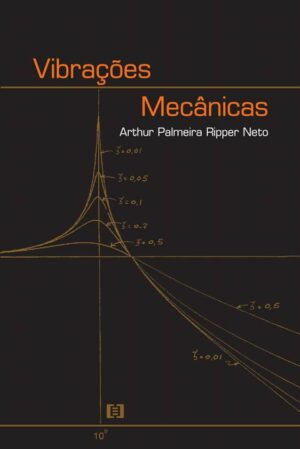
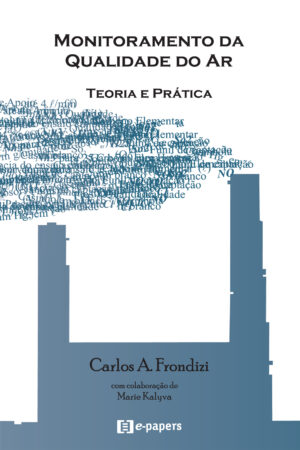
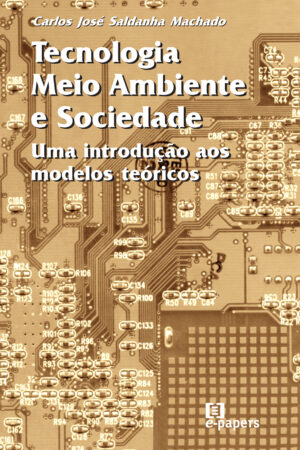
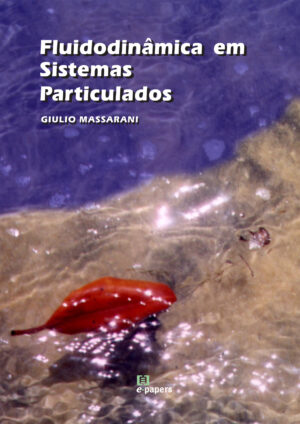



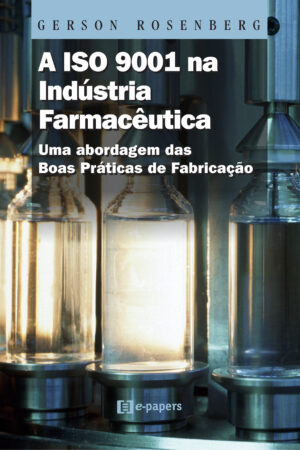



Avaliações
Não há comentários ainda.